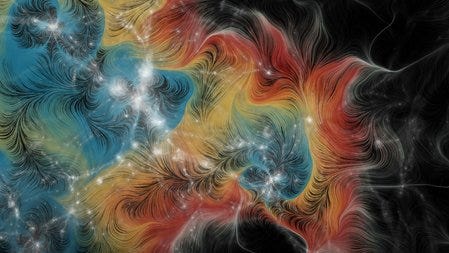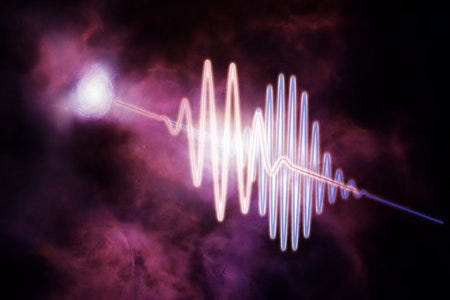Overview
- Astronomers led by Liam Connor and Vikram Ravi analyzed between 60 and 69 FRBs and found that about three-quarters of the universe’s baryonic matter lies in the intergalactic medium.
- The research quantified signal delays in bursts ranging from 12 million to more than 9 billion light-years away, using FRBs as “cosmic flashlights” to weigh diffuse gas.
- Findings indicate that another 15% of ordinary matter resides in galaxy halos, with the remainder confined within stars and cold galactic gas.
- Dispersion measurements confirm that thin, wispy gas spread throughout the cosmic web solves the long-standing missing baryon problem.
- Next-generation radio arrays such as the DSA-2000 are expected to detect thousands of FRBs annually, enabling detailed mapping of the cosmic web and insights into galaxy formation processes.


